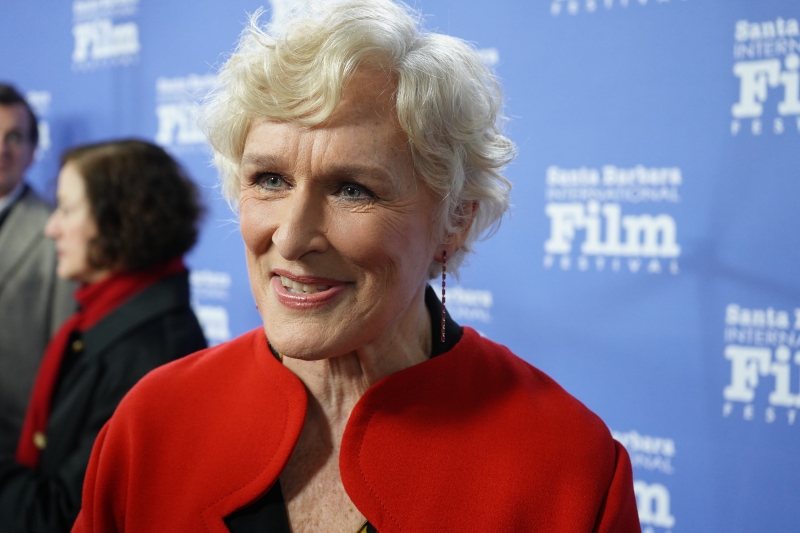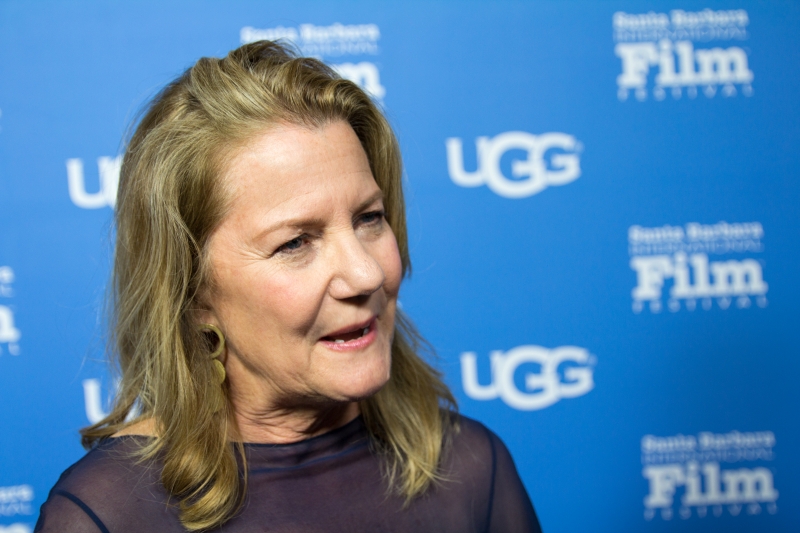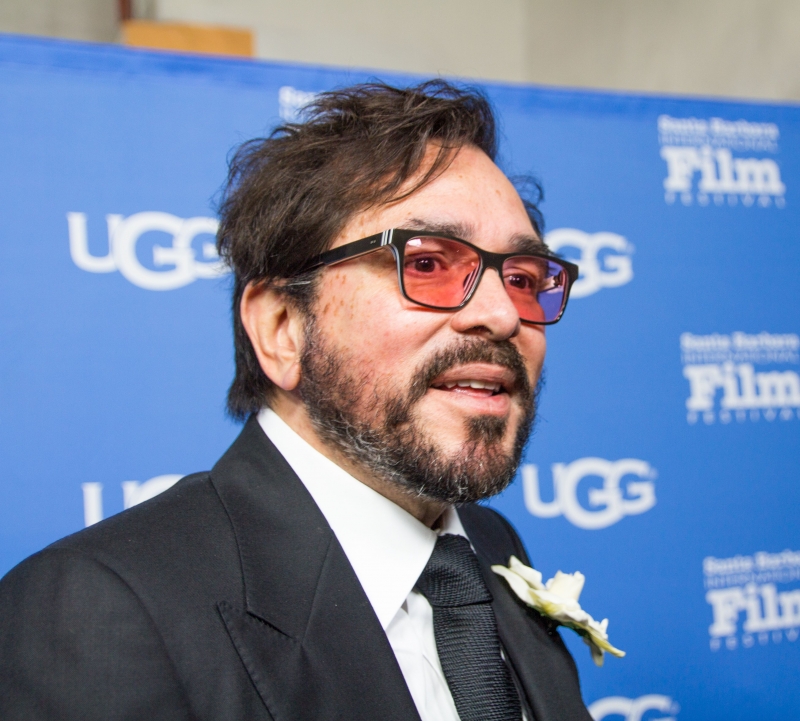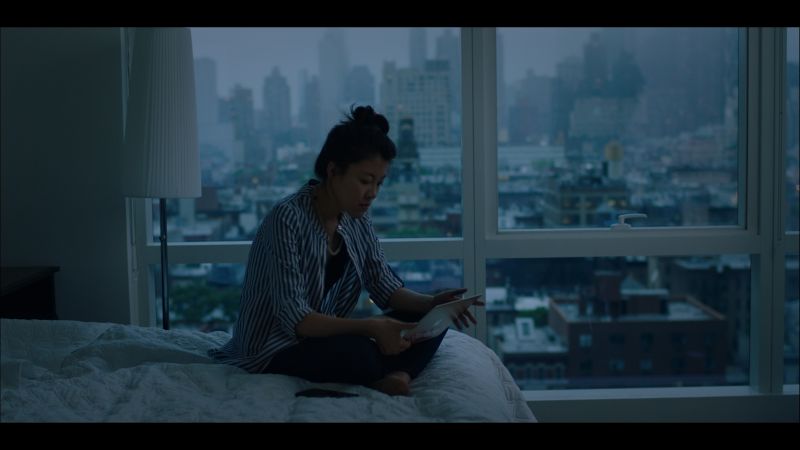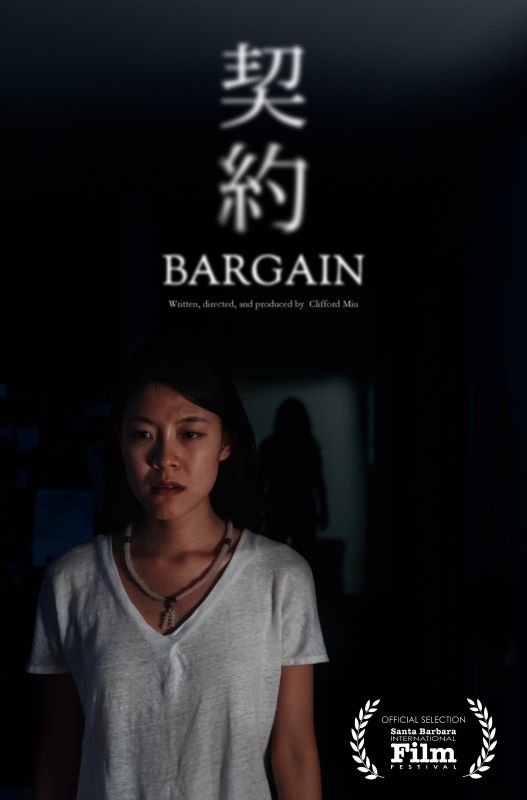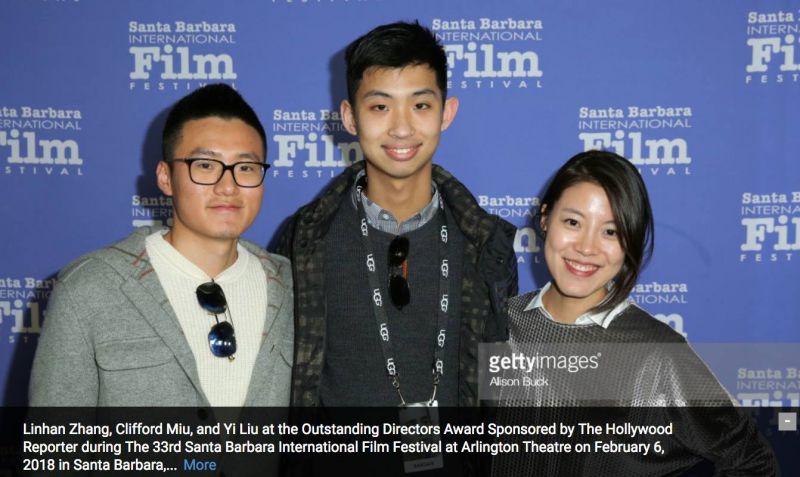|
|
||
|
Pro Tools
FILMFESTIVALS | 24/7 world wide coverageWelcome ! Enjoy the best of both worlds: Film & Festival News, exploring the best of the film festivals community. Launched in 1995, relentlessly connecting films to festivals, documenting and promoting festivals worldwide. Working on an upgrade soon. For collaboration, editorial contributions, or publicity, please send us an email here. User login |
BARAKA...SAMSARA!!! An interview with the filmmakers.
SAMSARA (2011) by filmmakers Ron Fricke and producer Mark Magidson is the follow-up to the epic non-narrative film BARAKA (1992), which made cinematic history twenty years ago with its arresting 70mm Panavision System images filmed in 24 countries. Described by director Ron Fricke as a ‘guided meditation’ BARAKA still has people dropping their jaw at the astonishing innovative camera work and intercutting of the haunting musical score. Now, the filmmakers bring the same camera and music team to the screen once again, but this time with a different story to tell in, SAMSARA. I interviewed producer Mark Magidson and composer Marcello De Francisci in Santa Barbara last month just after seeing SAMSARA for the first time.
ME: How did you and Ron Fricke start this series of films, beginning with CHRONOS (1985) BARAKA (1992) and now SAMSARA (2011), and this new kind of cinema that hadn’t been really done before?
MARK: Well, first off I don’t want to say it hadn’t been done before because it is sort of an evolution. You see a lot of films and you’re building on a lot of people that are influences. I think Ron started with the film KOYAANISQATSI (1982) and I had seen that film in 1983. He wanted to make an Imax film after that and I was just blown away by that film. Ron had an idea for a nonverbal Imax film but we didn’t know what it was exactly. We got to physically building an Imax camera that shot time lapse and I have a company that is an engineering oriented company that was able to help him construct this camera which is the camera we used to make this Imax film CHRONOS in 1985. Imax films then were 35-40 minutes total. So we did CHRONOS and that was very well received as an Imax…
ME: How did your relationship with composers Michael Stearns and Lisa Gerard begin?
MARK: Well, we had three composers on this film and Michael Stearns had done the soundtrack for BARAKA and CHRONOS. He’s a great guy. I have a great long-term relationship with him over decades. When we did BARAKA we used a piece of Dead Can Dance music called ‘The Host of the Seraphim’ which is a really iconic and amazing piece of music and we used that off of a recording. I didn’t really know Lisa at the time but she was passing through Los Angeles at the time we were doing post and I showed her the cut with that music and she really loved it. We weren’t sure how it was going to go over. Timing wise we were also serendipitously in need another vocal as we were finishing the scoring. With BARAKA we cut with music a lot but with SAMSARA we cut silent and put the music later. That’s a different topic but I met Lisa at that time. She came and contributed more music in the studio and refused any compensation and just said if she ever needed us for something she would call us. Like in ‘The Godfather’…
MARCELLO: Basically we were working on SAMSARA and when Lisa came into town she told me to come over to Mark’s and work with her on it. The whole concept of doing the score was, as Mark said, he’d already shot the film and he wanted music which is usually the procedure you work from. You get a film and you start putting music into the film. It was an interesting process because we prepared a lot before we started working on the film. We thought about a lot of elements of what could work. It was a question of balance and figuring out what resonated with everyone on an organic level because this movie has a very organic sense to it.
ME: I consider your films like a cathedral to filmmaking. You go beyond filmmaking here and pierce into the transcendent with them. Can you comment on that?
MARK: I wish Ron Fricke was here but he’s in Asia right now on a job. But he likes to call these films ‘guided meditations’ and what that means in a way is to stay out of the way of too much editorializing because you don’t wan to go from an inner experience to an intellectual experience. Because the way the film’s edited and the way the music direction is done is to keep it so you don’t disturb that inner flow that you have. We did have just a few editorializing moments in SAMSARA, like the Burger King sequence, but we really don’t do a lot of it.
ME: There’s something to be said about a film that has no talking. Somehow only when there is a true silence can you reach a transcendent state, like in these films.
MARK: Well, you bring something of your own inner dialogue to what you’re seeing and you’re trying to let happen.
ME: Can you say something about the BARAKASAMSARA meaning? What do these words mean?
MARK: Well, BARAKA is a word that means ‘breath of life’ whereas SAMSARA is a metaphor for impermanence or birth, death and rebirth. It’s a Buddhist word. They are words that are kind of amorphous and broad and again, it goes with the style of filmmaking that we just talked about, about it being absorbing, of what the viewer hopefully brings if they’re open to it.
ME: in BARAKA you had an image of a man screaming which is very much like the painting The Scream’ by Edvard Munch. And then in SAMSARA you have this arresting sequence of this businessman screaming silently in a way as he frantically paints his face. Both the businessman and the screaming man from BARAKA look as though they are imprisoned and dying to get out of their temporal forms.
MARK: That’s a good perception that you had. In BARAKA those were Japanese Butoh performances, a contemporary dance form. There were three women and a man doing that in BARAKA and they were a very committed dance troupe to do this work and a corollary of it was we were looking for some performance art to mix in with the nonfiction imagery that we get from filming around factories and nature. So in SAMSARA we had the Bali girls at the beginning, which was very surreal, and we had the thousand hands performance at the end. And we had this performer, this French guy we found on youtube, Olivier De Sagazan is his name, and he developed this sort of expression of the travails of 21st Century life now and I think that’s what comes across. Whatever it means its good not to have to say what it’s supposed to mean because art is supposed to be something you feel.
ME: Yeah, I’d say he screams the message across loud and clear. It was hard to sleep after seeing that. Marcello, is there anything you’d like to say about being a composer on SAMSARA?
MARCELLO: I wanted to address the film as being a ‘guided meditation’. I always refer this film back to a book I read by Carl Jung called: ‘Man and His Symbols’. So it’s kind of like ‘What are these symbols?’ I mean, the experience you have while watching a film like SAMSARA is that it has an individual language to each individual. So it’s very much a guided meditation, not so guided in a way that it holds your hand. For example, you’ve experienced the film in a way totally different than I have and yet we’ve seen the same film. That’s the wonderful thing about this type of filmmaking. It touches everyone a different way.
ME: Yeah, it transcends too even more than guiding you. It’s incredible and it really communicates.
MARCELLO: Yeah, it helps you experience your own path. Working on the music my experience was that the more we kept working on it I always discovered something new. Not only in the film but in the music as well… ‘Like oh you know that cow bell, or that instrument is working with this image on an intuitive level and I hadn’t even noticed’. With the vision of everyone involved in the musical process, you know- Mark, Ron, Lisa, Michael- it was like I was able to rediscover stuff that I wasn’t even aware that we were creating. When we went to a final screening at Paramount and when I watched the movie in its entirety almost completely detached, I felt so as if I hadn’t even been involved, as if I’d just been a spectator. It was just an amazing experience.
ME: Awesome! Okay, so how can people see the film? There aren’t even trailers available and most people have no idea this film even exists yet.
MARK: Well, we’re going to hopefully announce a distribution arrangement in the US in the next month or so. Then hopefully the film will be released in the fall. And then overseas we have sold the film to US, Canada, Australia, Germany, and the UK so the rest of the world.
ME: Good. This film was one of the most anticipated events this year for me. I’ve been waiting twenty years for this! ☺
SAMSARA premiered at the Toronto International Film Festival (TIFF) in September 2011 and held its second US premier in Santa Barbara during the Santa Barbara International Film Festival (SBIFF) on February 1, 2012.
Visit the film’s official site here: http://www.barakasamsara.com/
photos by Vanessa McMahon
Additional photos below by Benjamin Schwartz Composer Marcello De Francisci and Producer Mark Magidson 27.02.2012 | Santa Barbara's blog Cat. : 70 mm film Asia Australia Bali Baraka BARAKA...SAMSARA!!! An interview with the filmmakers. Benjamin Schwartz Brendan Perry Burger King businessman Canada Carl Jung composer Contact Details Dead Can Dance Director Entertainment Entertainment Film Germany http://www.barakasamsara.com Human Interest Human Interest Koyaanisqatsi Lisa Gerard Lisa Gerrard Los Angeles Major Mark Magidson Michael Stearns Michael Stearns Next Magazine Olivier De Sagazan Person Career premier Producer Qatsi trilogy Quotation Ron Fricke Ron Fricke Samsara Santa Barbara the Santa Barbara International FIlm Festival the Toronto International Film Festival Time-lapse photography Vanessa McMahon Year of birth missing Interviews
|
LinksThe Bulletin Board > The Bulletin Board Blog Following News Interview with IFTA Chairman (AFM)
Interview with Cannes Marche du Film Director
Filmfestivals.com dailies live coverage from > Live from India
Useful links for the indies: > Big files transfer
+ SUBSCRIBE to the weekly Newsletter Deals+ Special offers and discounts from filmfestivals.com Selected fun offers
> Bonus Casino
User imagesAbout Santa Barbara The Santa Barbara International Film Festival has star wattage and a wealth of premieres in a Mediterrean-style city by the sea.
Blogging here with dailies: View my profile Send me a message The EditorUser contributions |


















